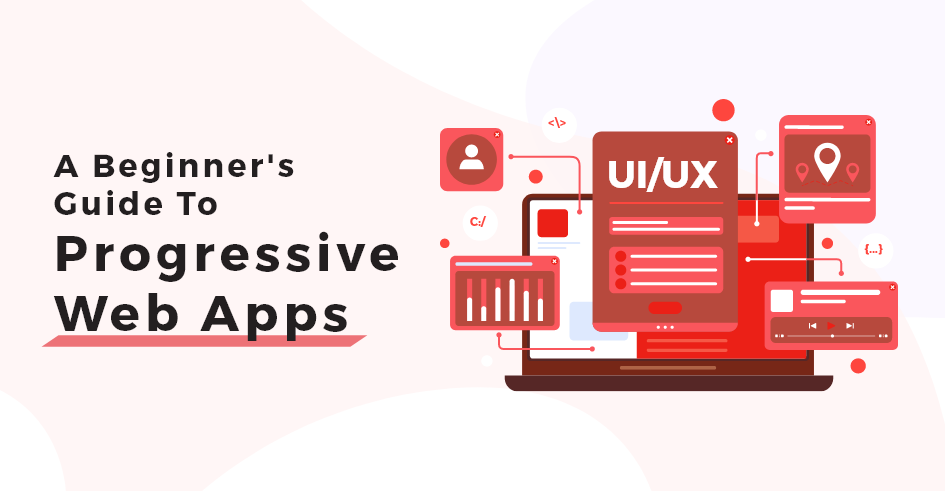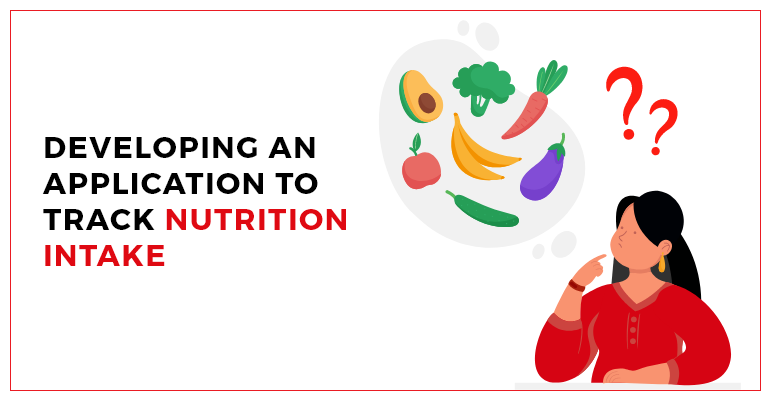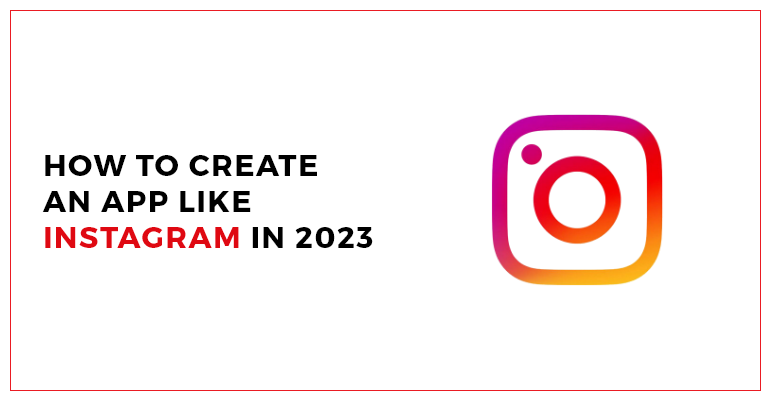Overview: PWAs leverage the latest technologies to blend the best of web and mobile apps. In this article, we will explore recent advancements in browsers and the opportunities available to developers to create a new era of web applications.
Progressive Web Apps (PWAs) are similar to regular websites, but they are hosted on a server and accessed through URLs instead of app stores. They use Service Workers technology to work offline and cache the website on the user’s device. The web app manifest feature and push notifications are also supported.
While a PWA is similar to a responsive website, it is more advanced. In fact, PWAs use modern browser features to provide a better user experience. The technology behind PWAs includes service workers, push notifications, web app manifests, and offline support. PWAs use the application cache feature of HTML5 to store data offline, making them function similarly to native apps.
While understanding it in more depth, PWAs are an innovative technology that allows websites to function like native apps and provide an improved user experience. They enable caching of the entire website, including content, which eliminates the need to be online.
Progressive Web Apps

Progressive web apps have the potential to become the next big trend for mobile web development. Initially proposed by Google in 2015, they have gained significant attention due to their ease of development and their ability to enhance the user experience almost instantly.
A progressive web app combines the best features of web and mobile applications, taking advantage of the latest technologies. It is essentially a website built using web technologies but acts and feels like a mobile app. Recent improvements in browsers and the availability of service workers, Cache, and Push APIs have made it possible for web developers to offer users the ability to install web apps to their home screen, receive push notifications, and even work offline.
Compared to native applications in app stores, progressive web apps are more accessible to build, deploy, and maintain. They take advantage of a larger web ecosystem, plugins, and community. Web developers will appreciate that a website can be built in less time and that they do not need to maintain an API with backward compatibility. All users will run the same version of the website’s code, unlike the version fragmentation of native apps, making deployment and maintenance much more accessible.
Why Choose Progressive Web Apps Over Native Apps?
Progressive web apps offer several advantages over native apps. Research shows that traditional apps lose 20% of their users for every step between the user’s first contact and using the app. In contrast, progressive web apps allow users to start using the app immediately without the need to download, install, or open it separately. When the user revisits the app, they are prompted to install it and upgrade to a full-screen experience.
However, native apps have their benefits. Mobile apps with push notifications retain users up to three times more than apps without push notifications. Additionally, users are three times more likely to reopen a mobile app than a website. Furthermore, a well-designed mobile app consumes less data and runs faster because some resources are stored on the device.
Features Progressive Web Apps
If you’re interested in developing a progressive web app, it’s essential to understand what characteristics it should possess. Here are the defining traits of a progressive web app:
- Progressive: This means that a progressive web app should work on any device, and it should use any available features on the user’s device and browser.
- Discoverable: Since a progressive web app is a website, it should be searchable in search engines. This is beneficial because it allows the user to locate the app compared to native apps quickly.
- Linkable: A well-designed web app should use the URI to show the current state of the application, making it easier to reload or retain the app’s state when a user bookmarks or shares the app’s URL.
- Responsive: The UI of a progressive web app should be designed to fit the device’s form factor and screen size.
- App-like: A progressive web app should resemble a native app and be built using the application shell model, which keeps page refreshes to a minimum.
- Connectivity-independent: A progressive web app should be capable of working in areas with low connectivity or even offline.
- Re-engageable: A progressive web app should be able to bring users back to the app by using features such as push notifications, similar to native apps.
- Installable: A progressive web app can be installed on the user’s home screen, making it easily accessible.
- Fresh: Whenever new content is published, and the user is connected to the internet, that content should be made available in the app.
- Safe: Due to the intimate user experience and the ability to intercept network requests through service workers, it is crucial that a progressive web app is hosted over HTTPS to prevent man-in-the-middle attacks.
Advantages of Progressive Web Apps
Progressive web apps leverage the advantages of a mobile app while avoiding the complexities of maintaining a separate app. This results in improved user retention and performance.
Most handheld devices are well integrated with HTML5 APIs. While it may be difficult to list all the device integration APIs, let’s take a look at the additional features that Progressive Web Apps (PWAs) offer over Responsive Web Apps (RWAs):
- Adding an icon to the home screen is possible with PWAs but not with RWAs.
- Enabling the icon in the apps list is also possible with progressive web apps through the use of WebAPKs. This allows PWAs to be packaged into installable Android packages.
- PWAs can launch in full-screen mode and have access to the clipboard.
- Hardware-accelerated 2D/3D graphics can be achieved through HTML5 Canvas or WebGL in PWAs.
- Accessing the file system and reading user-selected files is possible in any browser, but specifically in Chrome and Opera with progressive web apps.
- Finally, progressive web apps offer slick, smooth UIs with 60fps animations.
Limitations of Progressive Web Apps
It’s great to have progressive web apps, but why isn’t everyone using them? While progressive web apps can perform most of the functions that most apps require, there are still some features that are not supported by PWAs due to technological limitations.
For instance, compared to native apps, PWAs do not fully support some telephony features like intercepting SMS or calls, Send SMS/MMS, Getting user’s phone number services, Voice mails, Making phone calls without Dialer dialog, Access to contacts, calendar, and browser, and access to alarms.
Access to low-level hardware features and sensors like the flashlight and atmospheric pressure sensor is not integrated with progressive web apps. Additionally, access to task management modifying system settings, logs, or device-based functions is a limitation of PWAs.
Transforming a Responsive Website into a PWA
Converting a responsive website to a Progressive Web App (PWA) is possible, but it involves a specific process. Although both technologies share the same premise, there are specific criteria that a website must meet to be considered a PWA, which Google has provided.
To transform a responsive website into a progressive web app, the following baseline criteria checklist must be met:
- The website must be served over HTTPS.
- Pages must be responsive and optimized for tablets and mobile devices.
- All app URLs must load while offline, meaning that various pages in the PWA should present some content even when there is no internet connection.
- Metadata must be provided for the “Add to Home screen” functionality.
- The website should load fast, even on a 3G connection.
- The site must work cross-browser.
- Page transitions should feel snappy and not feel like they block the network, even on a slow network connection, as perceived performance is critical.
- Each page should have a canonical URL.
By meeting these criteria, a responsive website can be transformed into a PWA, providing users with a better experience and more functionality.
Additional Criteria for PWA Transformation
Below is a checklist of exemplary criteria for transforming a website into a Progressive Web App (PWA):
- Ensure that Google indexes your site content.
- Provide Schema.org metadata and social metadata. This will help improve your site’s visibility in search engines.
- Use canonical URLs if your content is available via multiple URLs.
- Remember that pages use the History API, and content should not jump while the page loads.
- Make sure that pressing back from a detail page retains the scroll position on the previous list page.
- Ensure that the content is easily shareable from standalone or full-screen mode.
- Make the site responsive across phone, tablet, and desktop screen sizes.
- Use app install prompts sparingly and avoid excessive use.
- Intercept the Add to Home Screen prompt.
- Ensure that the first load is high-speed, even on 3G.
- Use cache-first networking.
- Appropriately inform users when they’re offline.
- Provide context to the user about how notifications are enabled.
- Avoid overly aggressive UI elements encouraging users to turn on Push Notifications.
- Dim the screen when the permission request is showing.
- Push notifications should be timely, precise, and relevant.
- Provide controls to turn notifications on and off.
- Use the Credential Management API to ensure that users are logged in across devices for sites with sign-in flow.
- For sites accepting payments, enable users to pay quickly via native UI from the Payment Request API.
Recommended Open-Source Tools for Progressive Web Apps
Tons of open-source tools are available out there. Here are a couple of easy-to-use and powerful ones:

This is an open-source project by Google that is frequently updated to keep it in sync with other open-source projects that it leverages. Its benefits include:
- Great for beginners
- Significant reduction in setup time
- Optimizes app delivery to the device using the PRPL pattern
- Pushes critical resources for the initial route
- Renders the initial route naturally and pre-caches the remaining routes, with a lazy-load to create remaining routes on demand
Webpack

When custom app development is needed, Webpack fits the stack well. It relies on a module bundler for JavaScript applications, and some of its advantages include:
- It makes creating dependency graphs much more manageable
- Reduces the number of calls to and from a server by moving to CommonJS or ES6 modules, resulting in a faster app
- Accesses all non-code assets (images, CSS, fonts, etc.) via JavaScript as objects that have significant speed benefits
On the con side, Webpack is not perfect. Its learning curve is a little steep (but manageable), and the documentation code is not great. However, it’s essential for complex, front-end-driven progressive websites.
Knockout

This is one of the best tools to build lightweight progressive apps. The creators of Knockout use PWA in conjunction with JavaScript to handle Model-View-View Model (MVVM) bindings. Here are the key benefits of Knockout that have kept it in our toolbox:
The library can be easily integrated into existing websites without requiring extensive modifications. Despite being just 13KB in size, it offers a wide range of functionalities. Knockout is an excellent framework to use for smaller projects that require fast execution. There are two significant reasons for this. Firstly, Knockout extends HTML, making it easier to learn without the need for JSX. Secondly, it comes with templating capabilities that enable developers to build complex applications without having to duplicate DOM elements.
Wrapping it Up
In summary, Progressive Web Apps (PWAs) provide a valuable middle ground between traditional websites and native mobile apps, offering improved performance and offline capabilities. While they have numerous advantages, they also come with limitations, especially in terms of certain telephony features and low-level hardware access. Transforming a responsive website into a PWA requires meeting specific criteria, and there are various open-source tools available to facilitate the process. Progressive web apps are a compelling solution in today’s tech landscape, offering a versatile and user-friendly approach to web and app development.
TechnBrains can help you build Progressive Web Apps
At TechnBrains, we have the recipe for crafting the best Progressive Web Apps (PWAs) that empower your business in the digital landscape. Our approach to PWA development is a harmonious blend of creativity, technology, and user-centric design.
- Innovative Ideation: We begin by delving deep into your objectives and target audience. Understanding your unique needs is our foundation. We then brainstorm creative ideas that align with your vision.
- User-Centric Design: The success of a PWA hinges on user experience. Our design team meticulously crafts interfaces that are intuitive, engaging, and responsive, ensuring seamless user interaction.
- Cutting-Edge Development: Our development process involves harnessing the latest web technologies, such as Service Workers and responsive design, to build PWAs that load instantly, work offline, and adapt to any device.
- Performance Optimization: We fine-tune PWAs to be blazing fast, making sure that users stay engaged and conversions are maximized.
- Security: Security is paramount. We implement HTTPS and other security measures to protect user data and provide a safe browsing experience.
- Testing and QA: Rigorous testing ensures that your PWA is bug-free, compatible with various browsers, and performs flawlessly.
- Ongoing Support: Our commitment doesn’t end at deployment. We provide ongoing support, maintenance, and updates to keep your PWA at peak performance.
By choosing TechnBrains, you’re not just getting a PWA; you’re getting a digital powerhouse that elevates your online presence, engages your audience, and drives your business forward. We’re dedicated to delivering PWAs that stand out, and we’re here to lead you on the journey to digital excellence.









